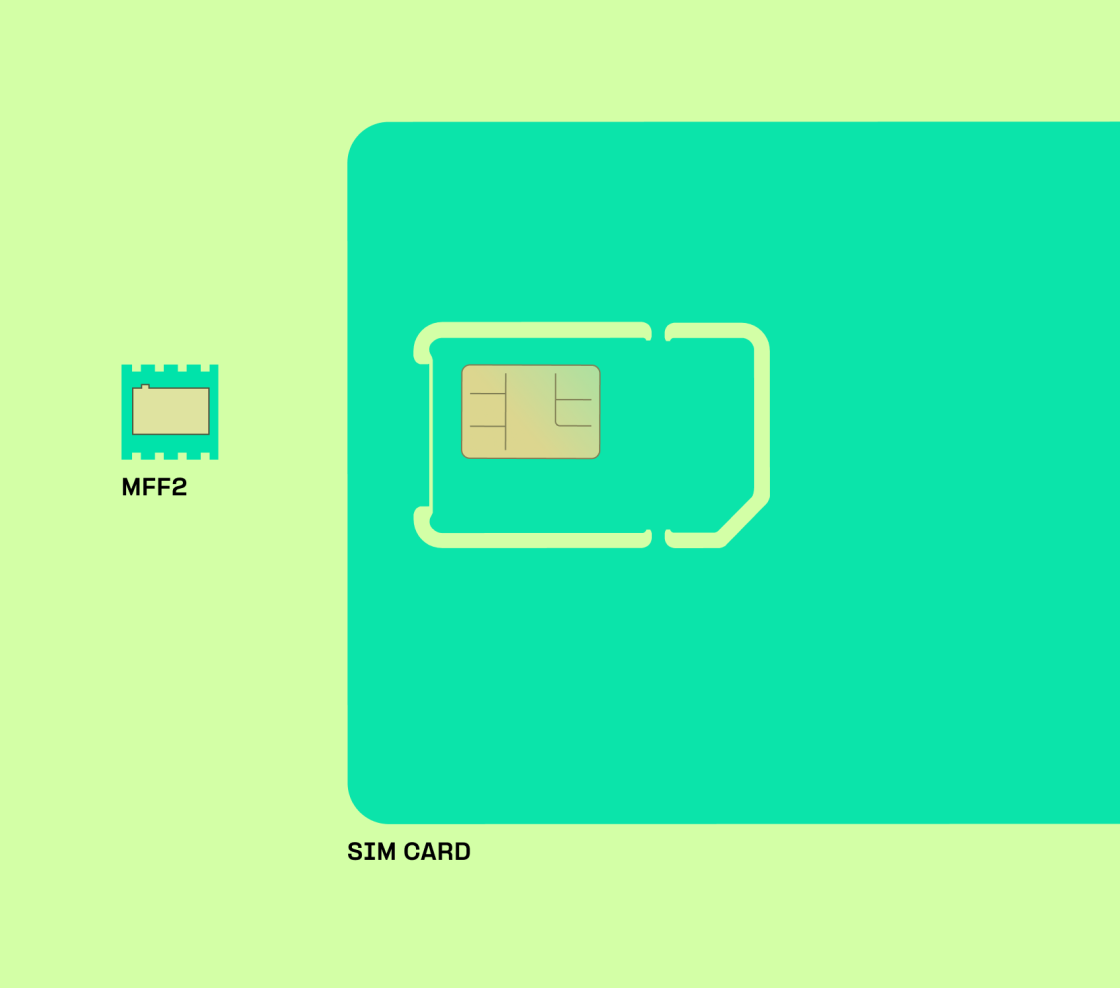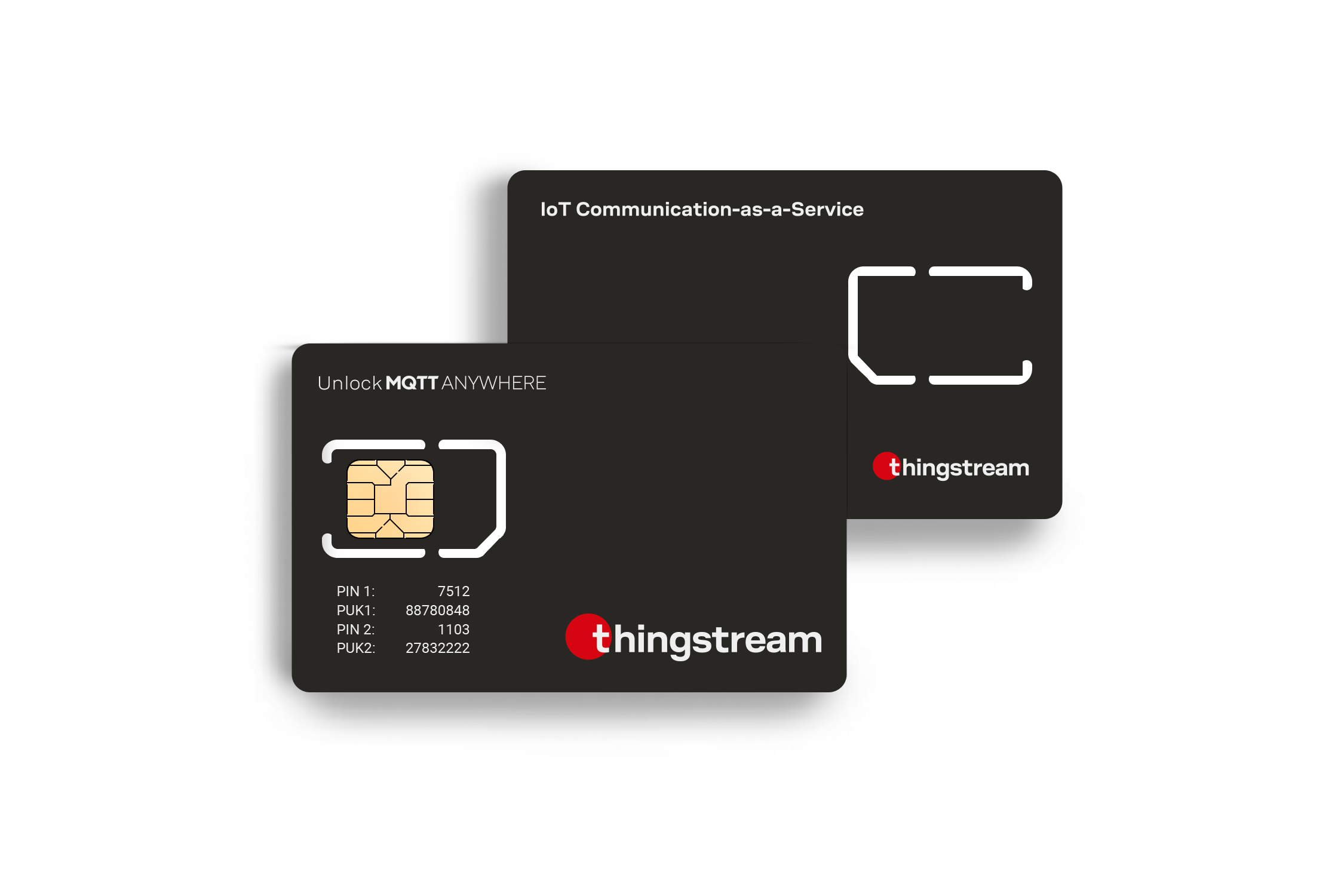What Is An Iot Sim Card IoT SIM Cards Professional IoT Connectivity
Low-power IoT connectivity protocols have emerged as a cornerstone for the enlargement and optimization of the Internet of Things panorama. Designed to cater to units that function on restricted power, these protocols emphasize effectivity to ensure longevity and reliability. The evolution of expertise has amplified the necessity for low-power options across varied purposes, ranging from smart agriculture to urban infrastructure.
LoRaWAN (Long Range Wide Area Network) stands out as one of the most recognized low-power IoT connectivity protocols. Characterized by its long-range capabilities, it can transmit data over several kilometers with minimal energy consumption. The design of LoRaWAN is tailored for low-speed information switch, making it best for purposes the place solely small packets of information need to be conveyed, corresponding to sensor readings. This protocol facilitates wide-area coverage while maintaining cost-effectiveness.
Another outstanding player within the low-power IoT ecosystem is Sigfox. Like LoRaWAN, it is designed for low-bandwidth applications. Sigfox operates utilizing a singular radio expertise that enables gadgets to connect over giant distances without the necessity for significant energy. By counting on a network of base stations for communication, it ensures that units can transmit messages while consuming minimal energy.

NB-IoT (Narrowband Internet of Things) is a cellular expertise particularly engineered for low-power, wide-area networks. Unlike the aforementioned protocols, NB-IoT leverages existing cellular infrastructure, which supplies advantages such as better penetration in urban environments and enhanced reliability. It's significantly efficient for purposes that require more frequent communications and may benefit from greater data throughput in comparison with different low-power options.
Cheap Iot Sim Card Everything To Know IoT SIMs
MQTT (Message Queuing Telemetry Transport) is another essential protocol for low-power IoT connectivity. This light-weight messaging protocol is built for efficiency, permitting gadgets to speak in an optimized method. MQTT operates underneath a publish/subscribe model which ensures that units can send and receive messages without a direct connection to one another, conserving each energy and bandwidth. It is extensively adopted in situations the place real-time knowledge switch is essential.
CoAP (Constrained Application Protocol) is specifically designed to facilitate communication in resource-constrained environments, making it significantly fitted to low-power units. It operates utilizing a client-server model, enabling units to trade information seamlessly while sustaining minimal power utilization. This protocol is helpful for functions such as smart home automation and industrial IoT, where low latency and environment friendly power management are essential.

Bluetooth Low Energy (BLE) has gained traction for its utility in personal and wearable gadgets. BLE is engineered for short-range communication, with a major emphasis on conserving battery life. This protocol allows for frequent updates whereas preserving energy consumption low, which is particularly helpful in fitness trackers, smartwatches, and different private devices that want to maintain up performance over extended intervals without frequent charging.
Zigbee, one other well-known low-power connectivity protocol, focuses on mesh networking. Its architecture permits devices to communicate via multiple nodes, successfully extending the range and reliability of the network. Zigbee is particularly effective in smart home functions, the place varied devices need to communicate seamlessly in an energy-efficient manner. The mesh functionality ensures that devices can maintain their connection even when one of them goes offline.
Buy Iot Sim Card Ruggedized IoT SIM eSIM

Weightless is a lesser-known protocol but equally vital within the low-power IoT panorama. article It aims to offer an open standard for low-power connectivity throughout numerous industries. Its design allows for enhanced flexibility and interoperability among devices, making it appropriate for numerous purposes starting from asset monitoring to smart metropolis initiatives. The protocol's low-power traits guarantee it can operate efficiently throughout the useful resource constraints typical of IoT environments.
The landscape of low-power IoT connectivity protocols continues to evolve rapidly. With advancements in expertise, manufacturers are more and more on the lookout for ways to boost performance while optimizing energy consumption. The ongoing refinement of these protocols ensures that they'll accommodate the rising demands of varied sectors, together with healthcare, agriculture, and industrial automation.
Future tendencies in low-power IoT connectivity protocols may see an elevated push towards artificial intelligence and machine learning integration. Such integration might result in devices that not only communicate more efficiently but in addition learn from their environments and make autonomous selections primarily based on information patterns. As the need for real-time information processing intensifies, protocols may adapt to facilitate quicker, more clever communication.
Prepaid Iot Sim Card IoT SIM Cards Fair pricing reliability expert

In conclusion, the development of low-power IoT connectivity protocols has paved the means in which for higher accessibility and efficiency in diverse purposes. The distinctive strengths of various protocols cater to the specific wants of various environments and use cases. As innovation continues to reshape the landscape, these protocols will play a pivotal role in ensuring that the promise of the Internet of Things is realized sustainably and effectively.
- Low-power IoT connectivity protocols prioritize energy efficiency, making them suitable for battery-operated gadgets that require long operational lifetimes.
- These protocols often make use of methods like sleep modes and adaptive transmission power to conserve energy during idle occasions.
- Popular low-power protocols embrace LoRaWAN, which provides long-range connectivity with minimal power consumption, perfect for rural and remote applications.
- Zigbee and Z-Wave are mesh networking protocols that enable units to speak with one another instantly, extending their range with out counting on a central hub.
- Cellular IoT protocols like NB-IoT and LTE-M offer coverage in areas with existing cellular networks, balancing low power with higher information throughput capabilities.
- The alternative of protocol usually depends on components corresponding to range, bandwidth requirements, and community density, influencing the functions for every expertise.
- Security options are important in low-power protocols, with encryption and authentication mechanisms applied to guard knowledge integrity and system id.
- Interoperability between different protocols enables various IoT ecosystems, allowing gadgets from varied producers to attach and talk seamlessly.
- Edge computing is increasingly built-in with low-power protocols, allowing processing to occur nearer to the data source, thus decreasing latency and energy usage.
- Scalability is a key advantage supplied by many low-power protocols, permitting networks to assist an unlimited number of devices without vital useful resource expenditure.undefinedWhat are low-power IoT connectivity protocols?undefinedLow-power IoT connectivity protocols are communication standards designed for units that need to function with minimal energy consumption. They allow gadgets to transmit information effectively over lengthy distances whereas preserving battery life, making them best for functions like smart sensors and wearables.
Why is low energy important in IoT?undefinedLow energy is crucial in IoT as a end result of many units function on batteries and are sometimes deployed in remote or hard-to-reach locations. Energy-efficient protocols lengthen the operational life of those units, decreasing maintenance costs and environmental impact.
How do low-power IoT protocols compare to conventional connectivity options?undefinedLow-power IoT protocols, such as LoRaWAN, Sigfox, and NB-IoT, are optimized for low knowledge rates and long-range communication. In contrast, traditional options like Wi-Fi and cellular usually are not as power-efficient and will require extra frequent recharging or maintenance.
Iot Sim Card Europe IoT SIM cards
What are some common low-power IoT connectivity protocols?undefinedCommon low-power IoT connectivity protocols embody LoRaWAN, Sigfox, NB-IoT, and Zigbee (Iot Sim Card India). Each protocol has its distinctive strengths, corresponding to vary, information fee, and community structure, making them appropriate for different IoT applications.
What types of purposes benefit most from low-power IoT connectivity?undefinedApplications like smart agriculture, environmental monitoring, asset tracking, and smart meters benefit considerably from low-power IoT connectivity. These areas usually require sensors to ship small amounts of data over long distances, making energy efficiency a key consideration.
How do I select the best low-power connectivity protocol for my IoT project?undefinedChoosing the proper protocol depends on elements like vary, information requirements, gadget density, power consumption, and cost. Assess your project's specific wants and conduct a feasibility evaluation to determine probably the most appropriate connectivity possibility.
Are low-power IoT connectivity protocols secure?undefinedMany low-power IoT protocols incorporate safety features corresponding to end-to-end encryption and authentication mechanisms. However, it's important to evaluate each protocol's safety measures based mostly on your application’s sensitivity and potential click here for info dangers - Iot M2m Sim Card.
Cheap Iot Sim Card Global IoT SIM Connected Devices
Can low-power IoT protocols work in urban environments?undefinedYes, many low-power IoT protocols can function in urban environments. However, they might face challenges such as interference and sign blockage from buildings. Protocols like NB-IoT are specifically designed to handle these circumstances effectively.
What is the position of gateways in low-power IoT connectivity?undefinedGateways function intermediaries between low-power IoT gadgets and the internet or cloud companies. They facilitate data aggregation, processing, and communication, allowing multiple units to connect to wider networks without requiring direct web access for each system.